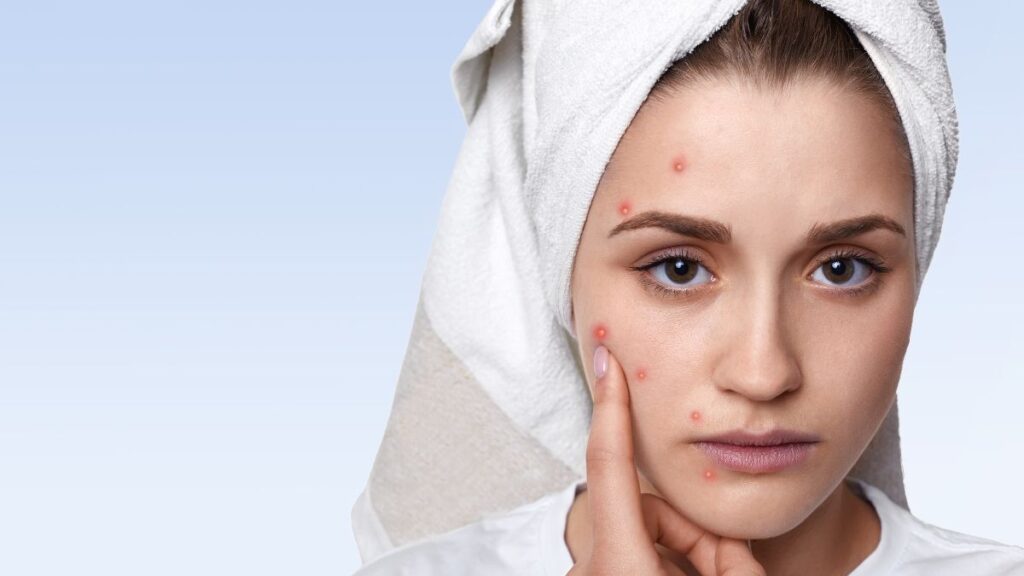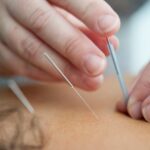Blisterata is a common skin ailment that can bring discomfort and worry for many people, but it is often misunderstood. Blistering is a skin condition that, depending on its cause and treatment, can range from a little nuisance to a serious problem. In order to offer a thorough knowledge of this skin condition, we will dig into the realm of Blisterata and examine its causes, treatment options, preventative techniques, and commonly asked questions.
Understanding Blisterata
The term “blistering skin conditions” (or “blistering skin conditions”) is used to describe a variety of dermatological illnesses where blisters appear on the skin. There is a wide range of sizes for these blisters, from tiny, clear fluid-filled sacs to huge, pus-filled lesions. The symptoms, which include itchiness, redness, and pain, are cause for alarm among people who suffer from the ailment.
Causes of Blisterata
Physical Causes
Friction, burns, and high heat are all physical elements that might bring on a case of blisters. Blisters, which form on the feet due to excessive friction, are a typical symptom of poor shoe fit or extensive walking/running.
Chemical Causes
touch dermatitis, also known as Blisterata, is triggered by coming into touch with specific chemicals, such as those found in strong cleaning products, solvents, or allergic compounds like poison ivy.
Medical Causes
Blisterata might occur as a symptom of a more serious health problem. Severe blistering of the skin can be caused by autoimmune illnesses including pemphigus vulgaris and bullous pemphigoid. Cold sores, a kind of blister, are another symptom of the herpes simplex virus.
Types of Blisterata
Contact Dermatitis
One of the most prevalent types of Blisterata is contact dermatitis. It is characterized by redness, itching, and blistering after skin contact with an irritant or allergen. Many people are allergic to poison ivy, metals, and even cosmetics.
Herpes Simplex
The herpes simplex virus is responsible for the development of cold sores and fever blisters. It causes blisters to grow around the mouth and lips that are filled with a painful fluid.
Pemphigus Vulgaris
Rarely, the body might create antibodies that target the skin and mucous membranes, a condition known as pemphigus vulgaris. Burns, blisters, and mouth sores are all possible outcomes of this.
Diagnosis and Evaluation
A comprehensive medical examination by a dermatologist or healthcare expert is usually required to diagnose Blisterata. They will look at the blisters, interview the patient about their health, and maybe do skin biopsies to find out what’s going on.
Treatment Options
The origin and severity of Blisterata must be considered before deciding on a treatment plan. Some frequent methods of therapy are as follows:
- Topical Medications
Topical corticosteroid or antihistamine lotions or ointments may be recommended for mild instances of Blisterata to relieve irritation and itching. - Oral Medications
Oral treatments, such as immunosuppressants or antiviral agents, may be required in more severe instances or when Blisterata is caused by an underlying medical disease. - Pain Management
Topical and oral pain relievers may be suggested to help with the discomfort caused by Blisterata. - Wound Care
In order to avoid infection, exposed blisters require proper wound care. A sterile bandage and antibiotic ointment may be used, and the area should be kept clean. - Advanced Treatments
Particularly in the case of Blisterata caused by the immune system, more complex therapies like as phototherapy or plasmapheresis may be necessary.
Prevention Strategies
Although genetic types of Blisterata may be difficult to avoid, there are measures one may do to lessen their chances of ever experiencing this condition:
- Avoiding Irritants
Take care around potentially toxic substances or allergies. Put on gloves and safety gear if you need to. - Proper Footwear
Blisters on the foot can be avoided by wearing shoes that fit well and are comfortable, especially while engaging in strenuous activity. - Good Hygiene
Blisters can be avoided by practicing proper hygiene and avoiding skin diseases. - Sun Protection
Avoid being sunburned by using sunscreen; doing so will help prevent the onset of cold sores. - Stress Management
Some strains of the Blisterata, like herpes simplex, may be less likely to spread if people use stress-reduction practices like meditation and relaxation activities.
Living with Blisterata
Those who suffer from chronic or recurrent Blisterata know how difficult life can be. To effectively manage symptoms and avoid problems, constant collaboration with medical specialists is needed. For those struggling with the mental and emotional effects of Bliste_rata, support groups and therapy can be invaluable resources.
Olyphenol Dark Spot Diminisher: Your Solution to Flawless Skin
The “Olyphenol Dark Spot Diminisher” is a popular skincare product because of its proven ability to lighten the look of hyperpigmentation and dark spots on the skin. The polyphenols found in a wide variety of plants have been used to fortify this cutting-edge composition with antioxidant potency. The skin-brightening and complexion-evening effects of polyphenols are well-known. Regular use of the Olyphenol Dark Spot Diminisher lightens age spots, sunspots, and uneven skin tone for a more even, youthful appearance with each application. Its non-greasy texture and rapid absorption are two of its most prized qualities, making it a practical supplement to users’ regular skin care routines. Many people have had success using this lotion to lighten dark spots on their skin and improve their overall appearance.
FAQs
- Can Blisterata be cured?
Bliste_rata therapy results are condition- and severity-specific. Some kinds are easily controlled, while others may call for lifelong medication and monitoring of symptoms. Bliste_rata may enter remission in certain people. - Are blisters always a sign of infection?
Infection is not always the cause of blisters. Friction, allergies, and autoimmune diseases are just a few of the many potential causes of blisters. - How can I prevent blisters from forming during physical activities?
Choose shoes that fit properly, use socks that wick away moisture, and use blister prevention solutions like these to avoid getting blisters on your feet or other places prone to friction.







